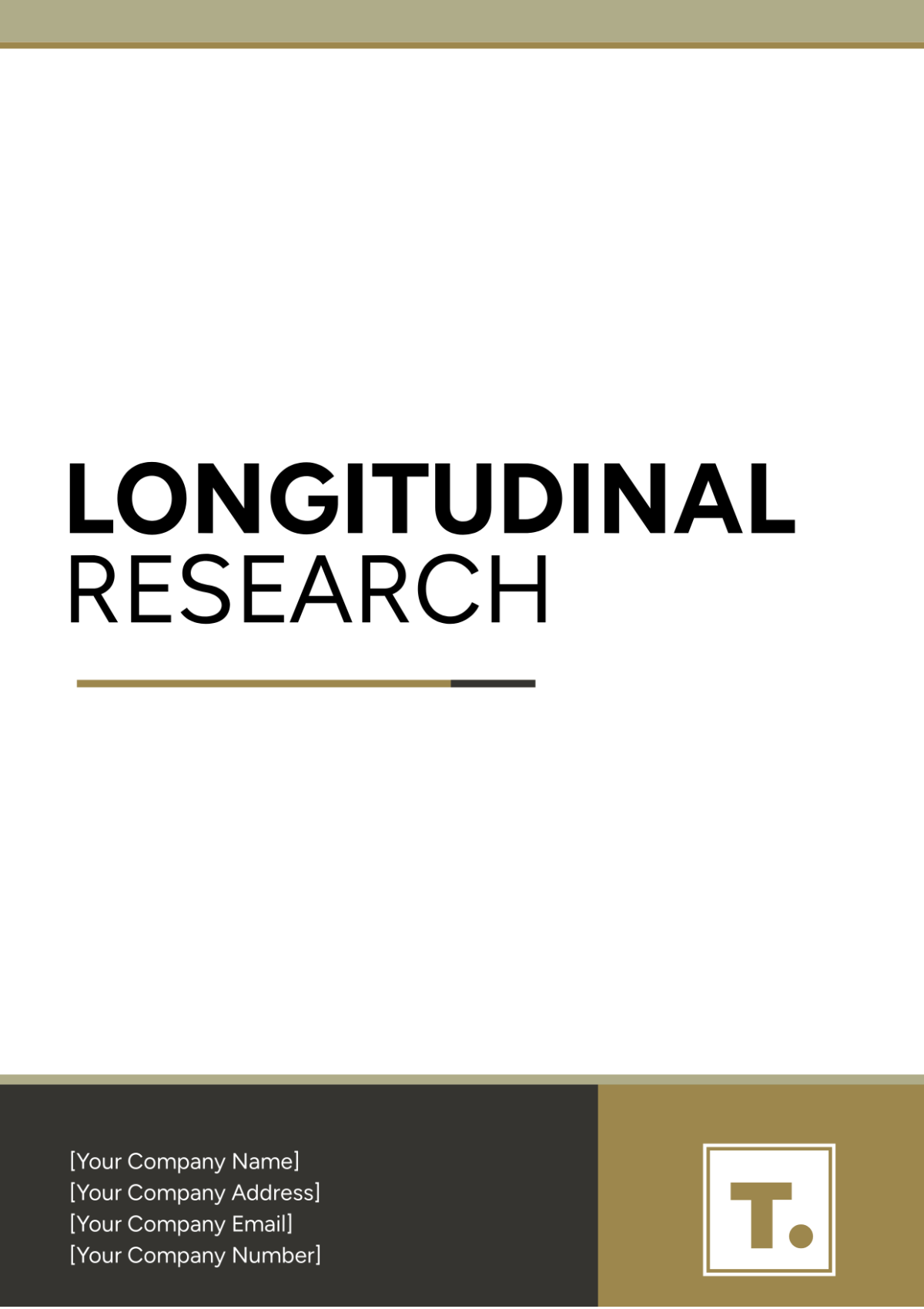Land Use Data Descriptive Research
Prepared By: [Your Name]
I. Introduction
Land use data provides a comprehensive understanding of how land is utilized across various regions, offering critical insights for urban planning, environmental management, agricultural development, and policy formulation. This research aims to descriptively analyze land use data, uncovering patterns, trends, and implications that shape different geographical areas.
II. Types of Land Use
Land use can be broadly categorized into several key types. These categories are essential for detailed analysis and informed decision-making:
Agricultural Land: This includes land used for farming, grazing, and other cultivation activities essential for food production and livestock rearing.
Residential Land: Designated for housing and associated infrastructure, this land supports human habitation and living spaces.
Commercial Land: Utilized for business purposes, such as shops, offices, and industrial activities, this land facilitates economic transactions and commerce.
Recreational Land: Reserved for leisure activities, including parks, sports fields, and other recreational facilities, this land supports community well-being and recreation.
Industrial Land: Dedicated to manufacturing and industrial activities, including factories and workshops, this land supports production and industrial growth.
Forest Land: Areas covered by forests, used for forestry and conservation efforts, play a crucial role in environmental sustainability and biodiversity.
Water Bodies: Includes lakes, rivers, ponds, and wetlands, these areas are vital for ecological balance, water resources, and habitats.
III. Data Collection Methods
Accurate land use data collection is fundamental for effective analysis. Several methods are employed to gather this data:
Satellite Imagery: Provides a broad-scale view of land use patterns, offering high-resolution images for large areas.
Surveys and Censuses: Collect detailed, ground-level information on local land use, often involving questionnaires and direct interviews.
Remote Sensing: Employs sensors to electronically detect and classify land use, enabling real-time monitoring and data collection.
Geographic Information Systems (GIS): Integrates various data sources to create detailed maps and perform spatial analysis, facilitating comprehensive land use studies.
Field Observations: Involves on-the-ground verification to complement and validate data from other collection methods.
IV. Table of Common Land Use Data Attributes
Attribute | Description |
|---|---|
Land Use Type | The category of land use (e.g., residential, industrial). |
Area (sq km) | The size of the land in square kilometers. |
Population Density | Number of people per square kilometer. |
Economic Activity | Main economic activities conducted on the land. |
Land Ownership | Ownership status (e.g., private, public, communal). |
Environmental Impact | The impact of land use on the environment (e.g., deforestation, pollution). |
V. Applications of Land Use Data
Land use data has diverse applications, significantly impacting multiple sectors:
Urban Planning: Guides the design and development of cities, managing urban growth and ensuring efficient land use.
Environmental Conservation: Pinpoints regions requiring preservation and endorses conservation measures.
Agricultural Development: Enhances agricultural practices and land management for improved productivity and sustainability.
Infrastructure Development: Supports planning and construction of essential infrastructure projects, including roads, bridges, and utilities.
Disaster Management: Assists in assessing risks, planning for mitigation, and managing recovery efforts during and after disasters.
Policy Making: Informs policies related to land use and development, guiding sustainable and equitable land management practices.
VI. Challenges in Land Use Data Collection and Analysis
Several challenges can affect the accuracy and effectiveness of land use data collection and analysis:
Data Accuracy: Ensuring precision and reliability in data collection to avoid errors and inconsistencies.
Data Integration: Combining data from diverse sources with varying formats and resolutions to create a cohesive dataset.
Technological Limitations: Accessing and utilizing advanced technologies for data collection, which may be constrained by cost and availability.
Resource Constraints: Limited budget and manpower can hinder comprehensive data collection and analysis efforts.
Policy and Regulatory Issues: Navigating legal frameworks and regulations that influence land use and data collection practices.
VII. Conclusion
Land use data is a vital resource for effective planning, management, and policy-making. By understanding the different types of land use, the methods for data collection, and the associated challenges, stakeholders can make informed decisions to optimize land utilization and promote sustainable development.

















































